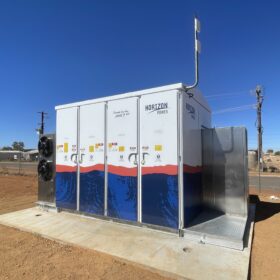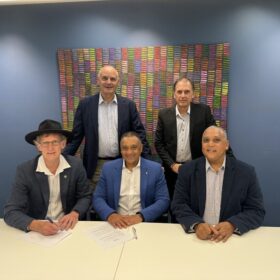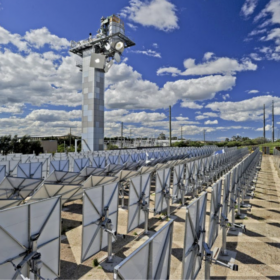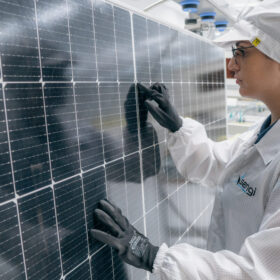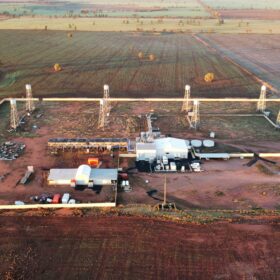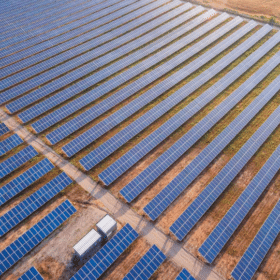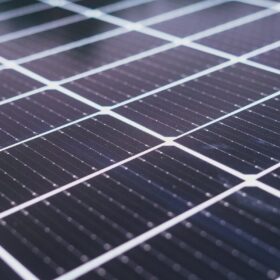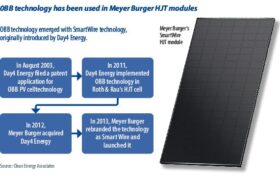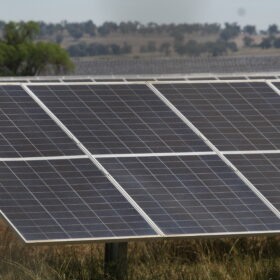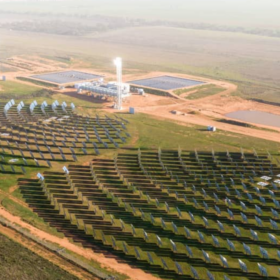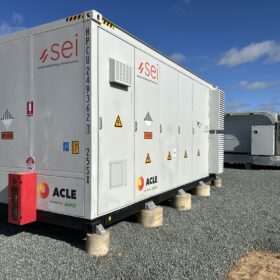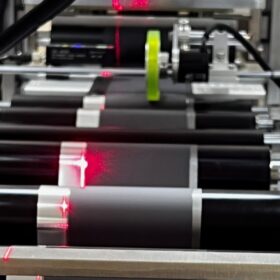Another WA town transitions to solar and batteries
Cue, a town in Western Australia’s midwest, has installed 259 kW of solar and a 336 kWh battery system to wean itself off diesel. The installation is part of Horizon Power’s Midwest Solar Program and belongs within a much larger state-wide transformation.
Sunshine Hydro signs 20% First Nations equity deal on flagship Queensland project
Sunshine Hydro and project partner Energy Estate have signed an agreement to give First Nations stakeholders a 20% equity option in the companies’ Djandori Gung-i Superhybrid project at Miriam Vale, Queensland. The project proposes to deliver up to 600 MW of pumped hydro capacity and up to 300 MW of hydrogen electrolysers.
Sparc selects Adelaide site to pilot photocatalytic hydrogen production following CSIRO demo
Having completed first prototype testing outside the lab for its green hydrogen photocatalytic water splitting technology, joint venture company Sparc Hydrogen has been working on its pilot plant study, selecting a site “proximal to Adelaide.”
With China PV modules reaching record low prices, is there a chance for local PV manufacturing elsewhere?
From the International Solar Energy Society’s perspective, and the vision of a world with 100% renewable energy for everyone used wisely and efficiently, PV module production should not become an oligopoly and should not be concentrated in one corner of the world.
Thermal storage company breaks ground on its renewable agriculture facility in NSW
Australian thermal storage company, Graphite Energy, has broken ground on its Lake Cargelligo facility in New South Wales which aims to demonstrate how renewable energy and agriculture can coexist through agrivoltaic and green house systems.
Mytilineos secures PPA for 120 MW Queensland solar farm in development
Australia’s National Broadband Network (nbn) Corporation has signed an offtake deal with Greek developer Mytilineos to take 59 GWh per annum from its Munna Creek solar farm north of Brisbane, Queensland.
War in Ukraine triggered unique phase in renewables history
Human Geographer Thilo Wiertz speaks to pv magazine on the particular features that characterised the trajectory of renewable energies after the outbreak of the war in Ukraine. He emphasised how the geopolitical tensions arising from this conflict have reshaped the political debate about the energy transition, with the energy security perspective gaining in importance.
Solar module prices may reach USD 0.10/W by end 2024
Tim Buckley, director of Climate Energy Finance, speaks to pv magazine about the current steep trajectory of solar module prices. He estimates that PV panels prices will end up dropping by 40% this year and predicts the closure of old technology and sub-scale solar manufacturing facilities, both in China and globally.
Weekend read: Connecting HJT
The application of busbarless cell interconnection approaches could unlock the potential of heterojunction (HJT) technology, primarily by reducing the historically high silver usage of negatively-doped, “n-type” cell technology. As HJT production increases, a wave of applications may very well be on the horizon.
Future of long-term energy storage isn’t about lithium, it’s about battery supply chains
Dr. Thomas Nann examines the benefits and limitations of lithium-ion batteries, imploring Australia to embrace disruptive innovation, not incrementalism.
